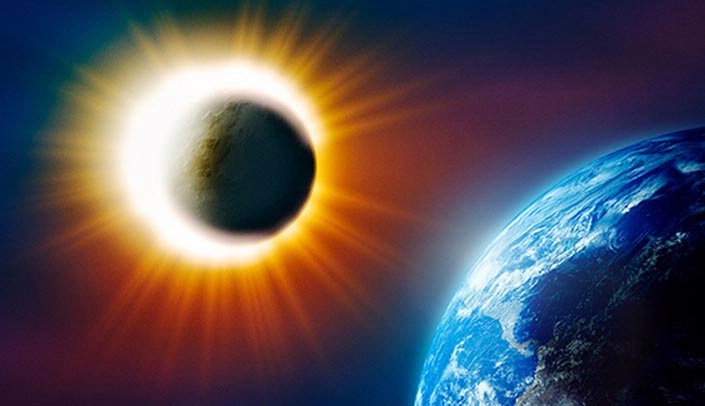A solar eclipse will take place today. People interested in viewing the event need to keep some important safety tips in mind.
During a total eclipse, the sun gradually disappears behind the moon and then reappears. Glowing like a halo, only the sun’s outer atmosphere can be seen from behind the moon.
For more detailed information on eclipse safety, click here.
Looking directly at the sun without proper glasses can seriously damage the eyes. Staring at the sun for even a short time without wearing the right eye protection can damage your retina permanently resulting in a blindness called solar retinopathy.
It is also known as photic retinopathy and eclipse retinopathy. It refers to a photochemical toxicity that results in injury to the retina. This entity is commonly associated with sun-gazing or eclipse viewing, and often results in moderate vision loss and a central blind spot.
Some recovery can occur over the course of one to six months after the sun exposure, though visual recovery may be incomplete and the patient may suffer from permanent visual acuity deficits.
The only safe way to look directly at the sun, whether during an eclipse or not, is through special-purpose solar filters. These solar filters are used in “eclipse glasses” or in handheld solar viewers. They must meet a very specific worldwide standard known as ISO 12312-2. Even very dark sunglasses cannot protect your eyes while looking directly at the sun.
Remember — no matter where you observe the eclipse, looking directly at the sun especially when it is partially covered by the moon, can cause serious eye damage or even blindness.
Please refer to the American Academy of Ophthalmology website or the American Optometric Association website for a more information.
